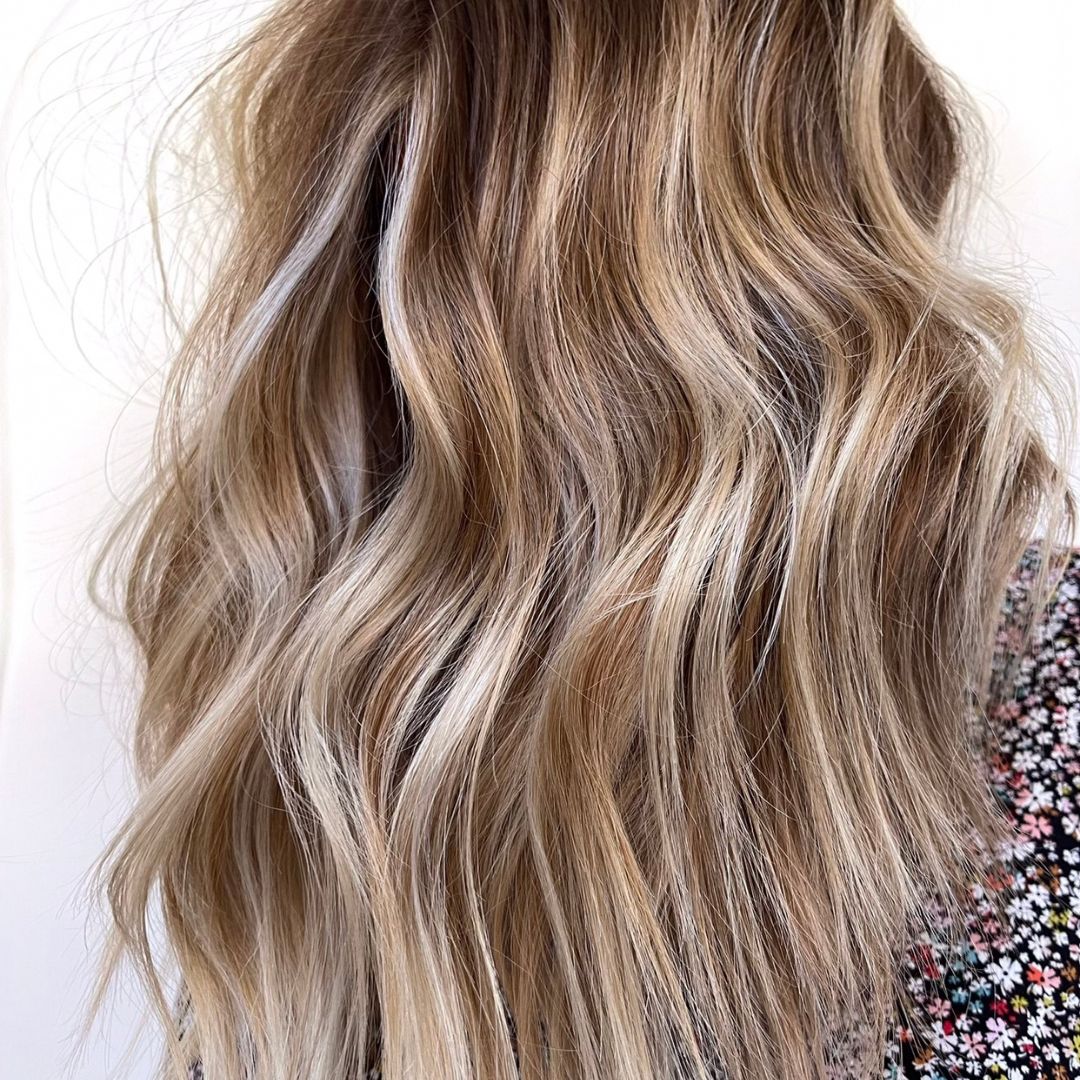

Unfortunately, many stylists lack a certain level of confidence around formulation. While there are many reasons this might be the case, three of the most common that we see when a stylist is struggling with formulation are:
- They have a lack of knowledge in color theory
- They have more of a creative (as opposed to logical) mindset
- They are more inclined to just go ahead and wing it
Of course, formulation doesn’t play too well with those points mentioned above. First, it’s built on color theory, so without understanding how different colors interact with one another it’ll be difficult, if not impossible, to get it right. Second, formulation is creative, but it also takes a certain level of logic to understand how different colors play together in a formulation. And third, you should absolutely not be winging it when it comes to your client’s hair!
Luckily, there is a tool that can help stylists overcome all of these obstacles and more: The color wheel!
Below, we take a look at the color wheel, its relationship to color theory more broadly, and explain how formulation with the color wheel works.
What Is The Color Wheel?
- Which colors complement each other
- Which colors conflict with each other
- How different colors will mix together, and what the result will be

Most basic color wheels will include primary, secondary, and tertiary colors. In the hair industry, it isn’t uncommon to find color wheels with hair samples attached, which are meant to show how certain underlying pigments can be found in natural hair colors.
Hair Color Theory
The salon is a busy place. Having to overthink about everything you do takes way too much time. If you put in the work to understand the color wheel, it will save you so much stress and time while working a busy day.
You will finally get the results you are looking for instead of just guessing. The winging it scenario doesn’t need to be your go to. There is a much better way to approach each color application and it all comes down to the color wheel.
Every salon should have a giant color wheel in the back room. Why in the back room? Because that makes it easy access for all stylists in the salon, but it also keeps it out of view from the client. This makes it more likely that a stylist will consult it. The point of it is to be there as a constant reminder and reference chart for each stylist as they mix color. This helps with formulation for everything you do. Analyzing lift, formulating root colors, glossing, smudges, melts, and color corrections. Going back to the color wheel will help you remember what you need to add to your formula for different situations.
Too often, people rely on the same formulas over and over again because they are unsure of what else can be accomplished. But understanding how tones work together will open up a new world for you. Formulation uses the scientific part of the brain while technical skills is more the creative side. However, when you're able to access hundreds of different new formulas, it will absolutely help the creative side of your brain.
Formulating Hair Color With The Color Wheel
There are 3 primary tones: Red, yellow and blue. These cannot be made by mixing colors together, but are themselves used to make every single color that we know and love.
Secondary tones are made by mixing 2 primary tones:
- Red plus yellow makes orange
- Yellow plus blue makes green
- Blue plus red makes purple
Tertiary tones are made by mixing a primary color with a secondary color. For example:
- Red plus orange makes red-orange
- Yellow plus orange makes yellow-orange
- Yellow plus green makes yellow-green
- Blue plus green makes blue-green
- Blue plus violet makes blue-violet
- Red plus violet makes red-violet
Every color also has a complementary tone. When complimentary colors are placed next to each other, it makes them pop. But when you mix these tones together, it actually causes them to cancel out and become a more neutral tone. This can be a good or bad thing, holding back your formulation if you don’t realize it’s happening, or using it to your advantage to color correct (for example, by adding purple or blue tones to neutralize brassy tones from past lightening). You can find these complementary tones by drawing a straight line directly across one color to another on the color wheel.
Using this basic understanding of the color wheel, you can inform every step of your formulation process. For example, you can determine what underlying tones are in your client’s hair and how that might influence the colors you use in your formula. You might also take into note your client’s skin tone, and how that might complement or clash with the colors in your formula. If the end goal is to create a look where everything is harmonious, you can get there by leveraging the color wheel.
Have you been struggling with your confidence when it comes to formulation? Building confidence in this area is the key to becoming a better stylist, empowering you to deliver the results that your clients are looking for. Sign up for the new Confidence Behind Formulation course with Christine, where you'll learn the fundamentals of color theory and real, tactical skills that will allow you to formulate with the confidence that you need!
